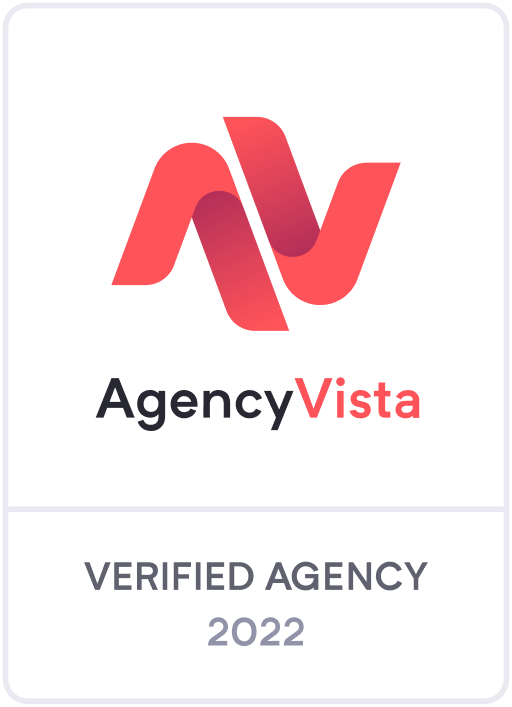Pay-Per-Click Optimization
You’ve built your website, launched your campaigns and met your revenue goals. That’s a really great start, yet the reality of pay-per-click (PPC) advertising means that you’re just getting started. If you want to maximize your website’s performance, it’s going to take ongoing, data driven, adjustments to your campaigns.
Don’t worry though, we’re great at this kind of stuff and together we can achieve amazing results. Things like measuring keyword effectiveness, conversion rates, improving quality score, and creating interactive experiences are just some of the second level optimization strategies that we use to improve the foundation of your website.
If you’d like to explore how we can optimize your campaigns, get in touch and we’ll sit down with you to analyze your performance, identify points of improvement, and help you to reach your business goals.
To get you thinking, here are some rules of thumb when it comes to optimizing your search campaigns:
1. Targeting, Impression Share & Ad Serving
First is targeting your ideal customer. Are we targeting the right keyword phrases that your ideal customer is using to search?
When clients hire search marketing companies to manage their online advertising, it’s understandable that they get frustrated when they can’t find their ads after doing a search on Google. There are many reasons Google can and will withhold showing your ad for a relevant search query. This is a common problem that all adwords advertisers face. The first step is to identify the “why”.
The most common reason Google will withhold impressions for a given ad is because of budget restrictions. Based on traffic patterns, Google will pace your ads throughout the day to prevent your budget from being eaten up too quickly. If you are meeting your budget each day and you don’t have your ad delivery settings set correctly (set to accelerated, not standard), this is a good indication that you’re being restricted due to budget.
Ad rank is another likely cause for low impression share. If the keywords you have in a given campaign are averaging positions of eighth or lower, you are more than likely missing impressions because you are appearing on page two or worse in the search results. By either increasing your bids, or by improving your quality score (the better option), you will improve your position and reduce lost impressions due to ad rank.
The bottom line is that Google wants to show the ads that are making them the most money more often. It is how Google makes the lion share of their revenues. Therefore, ads with the highest quality scores and click-thru-rates will typically have the highest impression share.
2. Creating A Compelling Offer
Do you have a compelling offer that helps you stand out from all of the competitors that are targeting the same prospects?
This isn’t always about an actual “offer” like 10% off, but more what is the value proposition that you are trying to push. This is about more than just the ad copy you write, it’s about defining the value proposition your company has. You have to do your homework, review competitor offers, and then craft an irresistible offer that makes sense for your business.
Without a compelling offer, your ads will be overlooked by your prospective customers which leads to poor quality scores, less impression share, and higher costs for our keywords. This is something you have to do, not just on the front end of building and launching, but as a part of your optimization processes. Does your message match the market and is it more attractive than your competitors’ offers? The key here is to test different offers. All the AdWords specific tips and tricks in the world are useless if you’re running ads with a stale offer.
3. Landing Page Optimization
To optimize PPC campaigns, we apply our expertise in search marketing, but also master the art of landing page creation. We’ve learned many things along the way, and there are key elements that every page of your website should have so that it is an effective landing page. Here are the basics on how to build a landing page that will grow your conversions:
- Identify A Problem
The first thing your landing page needs to do is identify your target customer’s problem. In some cases, this is a problem they know they have. In other cases, you need to tell them what their problem is. Either way, be sure to state the problem clearly, so they realize right away that you’re addressing a need that they have. - Offer To Solve It
Once you’ve made it clear that you’re addressing a potential customer’s problem, offer to solve it. Tell the searcher what you provide, how your product or service solves their problem, and what makes your solution uniquely valuable. - Provide Compelling Content & Trustworthy Proof
As any savvy visitor knows, you’re not going to say anything negative about your product or service; so why should they believe it if you say that you’re the best personal injury attorney, plumbing company or contractor in the world?
You must provide compelling content that proves you know what you’re talking about and that your knowledge is transparent. It is also vital that you have a strategy in place to get your clients to talk about you. Reviews on local sites like Yelp or Google Places are invaluable. Your previous customers have nothing to gain from talking about the benefits of your products and services; their testimonials are trustworthy because they have no (financial) interest in your success. The same can be said about third-party ratings, awards, etc. – essentially anything that lends support to your claim. - Create A Clear Conversion
If you’ve gotten the visitor this far, make sure the conversion process is as simple as possible. The visitor is ready to act, so it’s crucial not to turn them away with a complex and time-consuming process. Nothing is worse than losing a customer this late in the sales funnel. Be clear about what you want them to do. If your goal is online purchases, make sure your interface is not tedious and time consuming. If it’s phone calls or form submissions, then make it blatantly clear and easy for them to do so.


 8055 E Tufts Ave Ste 240
8055 E Tufts Ave Ste 240




